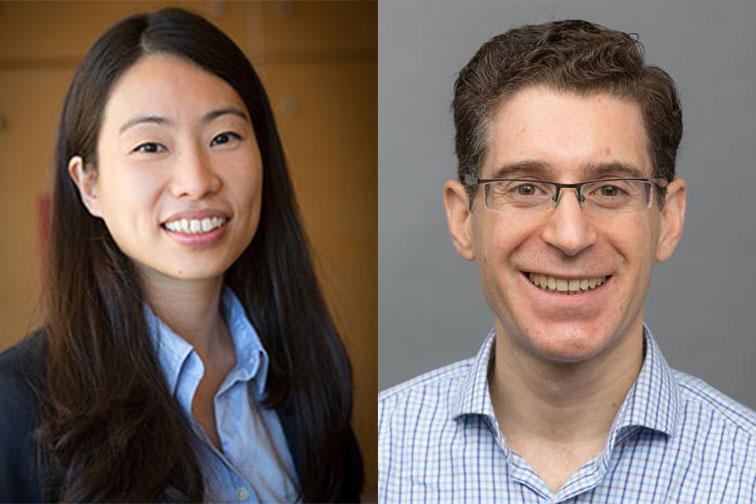
On Oct. 4, the 2022 Nobel Prize in Chemistry was awarded to Carolyn R. Bertozzi, Morten Meldal and K. Barry Sharpless for their work in the development of click chemistry and bioorthogonal chemistry, which will allow for improved medical treatments and diagnoses among various other applications.
Prof. Jeremy Baskin, chemistry and chemical biology and Prof. Pamela Chang, microbiology and immunology, were PhD students in Carolyn Bertozzi’s lab and worked on the bioorthogonal chemistry research that contributed to the nobel prize.
The term “click chemistry” was coined by Sharpless and was further developed by Meldal, who independently introduced a process called copper-catalyzed azide-alkyne cycloaddition. Though the name appears complex, the mechanism is relatively simple and involves “clicking” together molecules like Legos. This synthesizes a product with high yield and limited byproducts while using copper as a catalyst to do so.
“Preceding click chemistry, most chemical reactions [were] messy, producing side-products and requiring lots of purification efforts,” Baskin said. However, click chemistry proved to be a means to resolve this.
The Nobel prize-winning research is revolutionary in the artificial design of complex molecules. Click chemistry has widespread uses such as the development of pharmaceuticals, mapping DNA and creating materials more fit for purpose. However, click chemistry can also be applied inside of an organism, which is where bioorthogonal chemistry — chemical reactions that can occur inside of living systems without interfering with biological processes —comes into play.
“[Bertozzi] was studying sugars on the cell surface in the 1990s and was frustrated that there was no way to tag them to track and analyze them, so she invented two highly selective chemical tagging reactions, collectively termed bioorthogonal because the two components that react do not cross-react with the thousands of molecules in living cells,” Sharpless said.
Leaderboard 2
Using this foundation, Baskin and Bertozzi’s team were able to connect click chemistry to bioorthogonal chemistry in order to track cells without altering their functions. Bertozzi’s application of click chemistry in living organisms will allow for the tracking of biological processes which have already begun to revolutionize modern medicine.
Baskin’s research in Bertozzi’s lab involved synthesizing, and applying highly reactive compounds for imaging cell-surface glycans in live mammalian cells and live zebrafish embryos and larvae during their development with work cited by the nobel prize announcement.
During her time working in Bertozzi’s lab, Chang demonstrated that copper-free click chemistry works in living animals by studying laboratory mice and applying bioorthogonal chemistry.
Newsletter Signup
“I applied bioorthogonal chemistries to image glycans on live cells and label glycans in laboratory mice. I also worked on chemical strategies to selectively label specific cells in vivo, e.g., cancer cells, using targeted pro-drug strategies,” Chang said.
Bertozzi is also the first openly gay woman to win the Nobel Prize Chemistry. “It’s a very compelling example of how embracing diversity of people can lead to diversity of thought and new ideas that can basically establish a whole new field of science,” Sharpless said.









